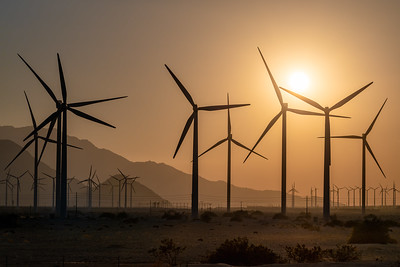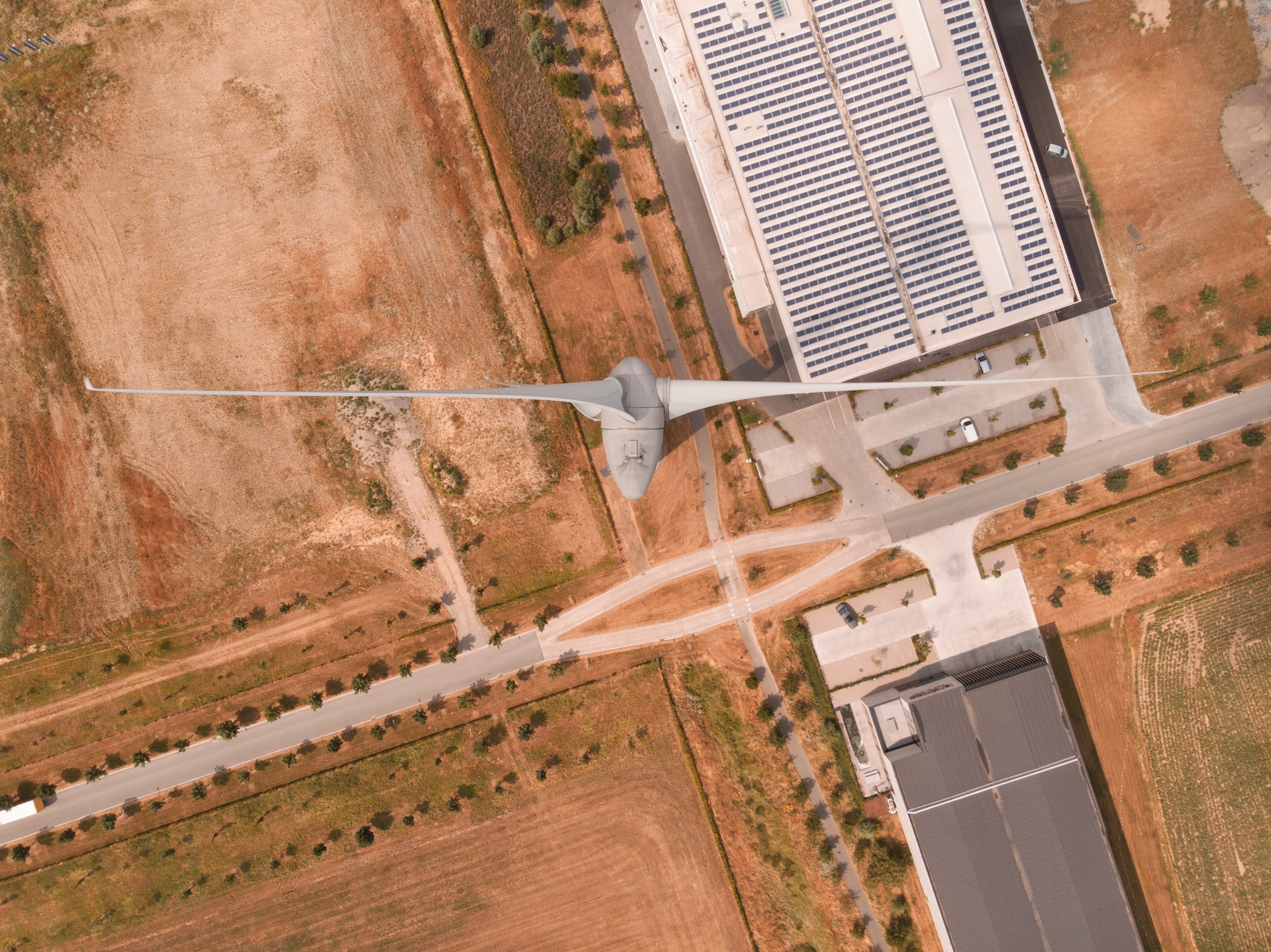Our secondary mission with our Cansat is to theoretically land on a celestial object and investigate the amount of renewable sources on it, or even if it has any sources. This is important to space exploration because after we find that perfect goldilocks’ planet, there will be other complications with it, such as whether the human race can sustainably live on the planet (without killing the planet). We are designing our Cansat so that it can, hopefully, measure the solar energy on the planet as well as the wind speed and consistency. Furthermore, we will also be measuring the geothermal and hydroelectric potential of the planet.

Obviously, we will be unable to actually send our Cansat to a celestial object – however I am sure that that is a project for another day – we will imitate this by conducting the solar, wind, geothermal and hydroelectric investigation once our Cansat land back on earth. This will reflect the process and effectiveness of our Cansat on another planet.
We will be using a photoresistor to measure the solar energy available and we will be using a custom made anemometer to measure the wind speed. To find out the consistency of the wind, we will plot the different wind speeds on to a graph to easily see fluctuation and judge how consistent the wind speed is. We will be using a humidity sensor to find out if there is any water for potential hydroelectric power.
Geothermal is a bit more tricky. We are using an accelerometer to measure earthquakes as they are a sign of continental drift and therefore there is magma. The humidity shows us if there is water so we can heat up a liquid using the magma to generate electricity through a turbine.
If solar energy is available, we will be able to use solar cells in solar panels, much like here on earth, to generate electricity in a sustainable way. If the wind speed is consistent enough and have enough speed to turn a turbine but not enough to rip it out of the ground, we will be able to use wind turbines to generate the electricity renewably.

Hydroelectric will be more difficult to determine if available because in real life we will have to send multiple Cansats to multiple regions of the celestial object to make sure that hydroelectric energy is possible or not. As an example to make this clearer, if a Cansat was sent to the Earth to investigate the potential of hydroelectric power, and it landed in the Sahara Desert, the humidity data it would send back would make us believe that there is not enough water to generate electricity. However, in reality there are many rivers on Earth which can most definitely be used for hydroelectric power.

So, in summary, our Cansat will be measuring the potential renewable sources on a celestial object, such as solar, wind, geothermal and hydroelectric. We will be using a number of sensors to do so, and we will plot the data we got onto graphs to easily interpret them and make sense of them. Since our Cansat will not actually leave the Earth’s atmosphere, we will imitate this after it lands again on Earth.


Leave a Reply